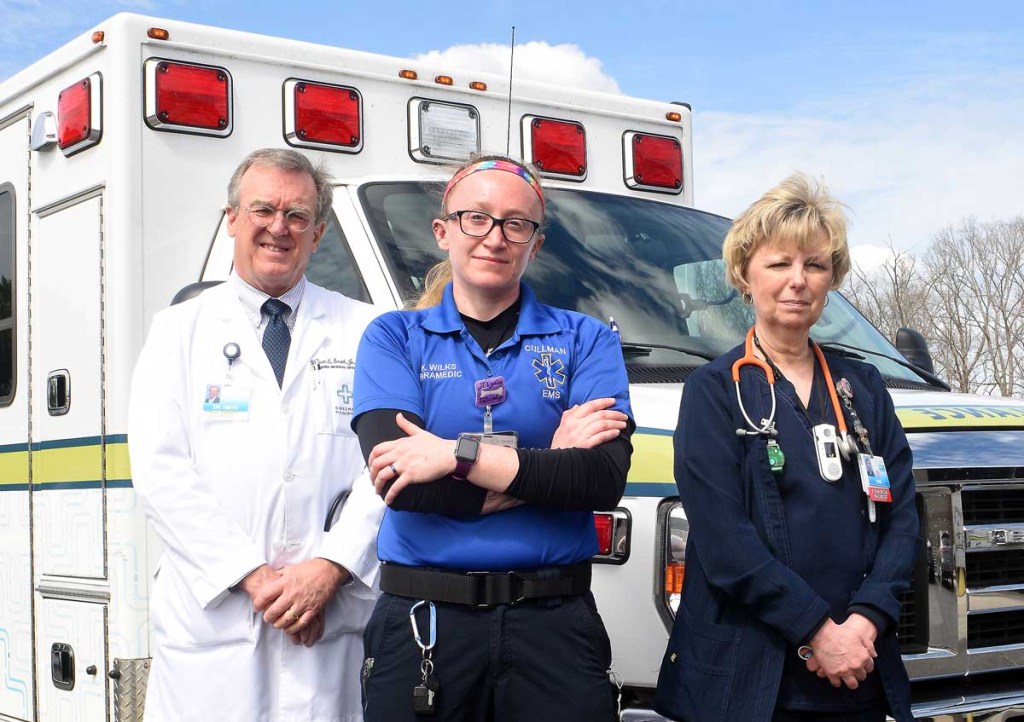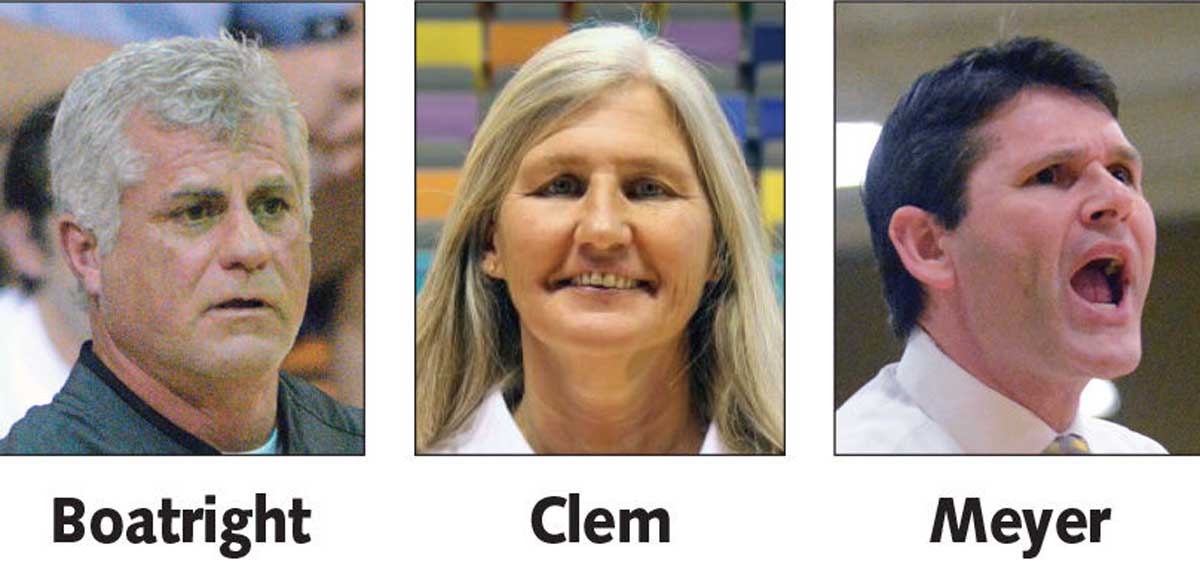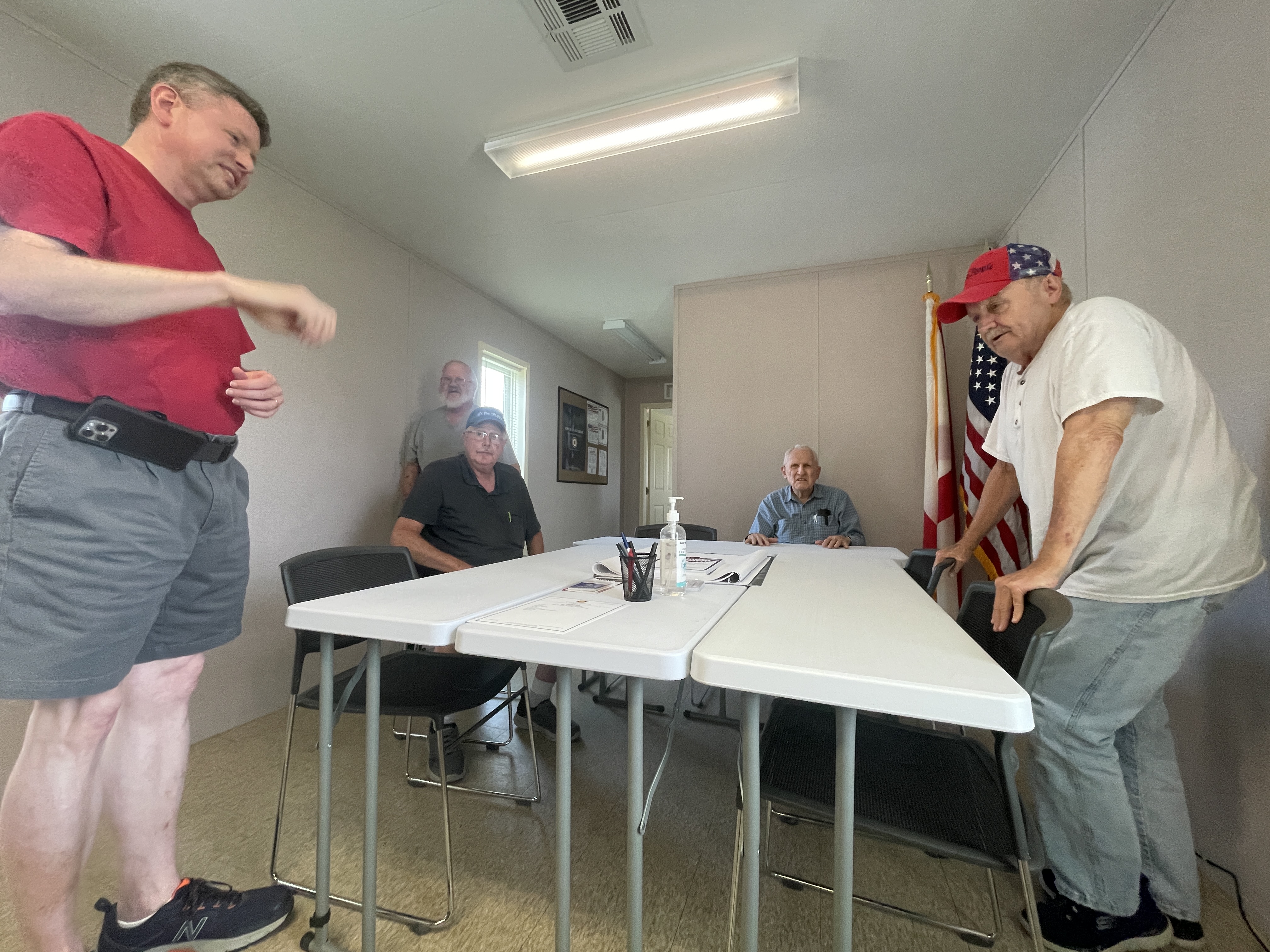The Times 2021 Distinguished Citizens: Healthcare Heroes
Published 5:55 am Saturday, March 27, 2021

- Pictured, from left, Dr. William Smith, chief medical officer for Cullman Regional Medical Center, paramedic Kristin Wilks, and Critical Care Charge Nurse Dina Leipert.
This year, there is not just one Distinguished Citizen. Instead, we want to recognize the work and dedication of all the more than 4,500 healthcare workers in Cullman County who have seen us through this year. From the frontline doctors and nurses, to the nursing home workers, school nurses, technicians and first responders, these workers have navigated through the unknowns and put themselves at risk to keep the people of Cullman County safe from the novel coronavirus.
Since this time last year, there have been more than 9,000 confirmed COVID-19 cases in Cullman County and close to 200 deaths from the disease.
“I have never seen anything like this,” said Dr. William Smith, chief medical officer for Cullman Regional Medical Center (CRMC). “I’ve been a surgeon for 36 years, and I’ve never seen anything like this.”
When the pandemic first showed up in Cullman County last year, health care professionals had to spend a lot of time sifting through all of the information and rumors that were going around to find out what was actually true, as well as ensure they had enough personal protective equipment (PPE) on hand.
That was especially true for the Emergency Medical Services (EMS) crews who are going into patient homes. “We had to keep up with PPE,” said paramedic Kristin Wilks. At first, “It was chaotic.”
Then, as cases escalated, doctors and nurses were caring for an increasing number of very sick patients.
Veteran critical care nurse Donna Snow is one of the nurses on the frontline, caring for patients in CRMC’s intensive care unit.
Snow has been a nurse for 42 years. Along with being an RN, she has certifications in cardiac medicine and acute/critical care. She said the disease caused by this novel coronavirus is “scary.”
“We have this new disease and so much is unknown and it is spreading rapidly,” she said. “Each of us feels the need to protect not only our patients but also our own families. Plus, the extra attention required to properly care for patients on a ventilator is very taxing.”
Making it more difficult along the way was the rate of community spread of the virus in the fall and winter months. In November, Cullman County had the highest COVID-19 rate per 100,000 residents in the state, and was in the top 10 counties in the state for the number of additional cases in a 24-hour period.
The community spread also meant that nursing homes could not open their doors to visitors. Since they house the population most vulnerable to the disease, nursing homes were taking extra precautions, but also trying to find ways for residents to maintain contact with loved ones.
“We see the tears from the residents missing their families and families missing them or losing them,” said Hanceville Nursing and Rehab’s Stacey Tysinger.
They arranged outdoor, socially distanced visits, window visits and visits via technology and tried to keep morale up.
Activities Leader Destiny Kinser said, “We’re letting them know that while we may have to stay in here, we’re all in here together. We’re not letting their spirits down.”
There were drive-by birthday parties in honor of residents and others just to show love and support. One event, Jeeps for Joy, drew a large crowd, perhaps one of the largest ride-outs of Jeep fanatics in North Alabama in 2020.
“With the residents not really being able to see anybody or get out, we were just like, ‘Hey, let’s just do it and see what kind of turnout we get,’” said Dana Beck, with USA Healthcare. “And wow — it’s been an amazing turnout. We’re really impressed with how many people went all in.”
USA Healthcare converted one of its facilities into a quarantine unit for incoming residents. CEO Frank Brown said the approval of the Certificate of Need to convert the Sanctuary at the Woodlands to a nursing home provided an added layer of protection to nursing home residents.
“If [COVID-19] gets into a nursing home, it’s really terrible,” he said.
Eventually, all the nursing homes had cases, but Woodland Haus, an assisted living facility, recently celebrated 356 covid-free days.
Wallace State Community College supplied the nursing homes with certified nursing assistants, which helped the facilities maintain staffing. WSCC nursing students also played a role in fighting the pandemic. A group of students who received vaccinations were then able to help others while doing their clinicals.
“The heroes on the front are getting tired, so we need this opportunity so we can maybe have an extra set of hands to help,” said Wallace State Department of Nursing Education Chair Deborah “Pepper” Hoover. “We feel very blessed to be able to do this.”
Smith said caring for COVID-19 patients in a smaller community creates an extra burden for healthcare workers.
“While the staff is holding up well since they are seasoned professionals, don’t underestimate the emotional toll it takes on the staff to deal with these patients. After all many of our staff know these patients personally, go to church with them or are maybe longtime friends; it a stress that can be hard to comprehend,” said Smith. “It takes more nurses per patient for critical care patients, so when we are at 160% ICU capacity we are using a lot more nurses for a few patients. This stretches the staff in other areas.”
But treatments improved, thanks to clinical trials such as the ones done in Cullman. Cullman Clinical Trials participated in several COVID-19 treatment trials this year, including the use of nitazoxanide, a drug used to treat parasitic infections and monoclonal antibodies, laboratory-made proteins that act as substitute antibodies. CRMC has used the monoclonal antibody treatment successfully on more than 350 patients.
With the advent of the coronavirus vaccines – developed and produced at a rate unheard of before thanks to Operation Warp Speed – medical professionals in Cullman began receiving and administering shots to the most vulnerable.
Staff and volunteers at the county health department; workers at CRMC and pharmacists have so far injected more than 26,500 doses of vaccines into the arms of Cullman County residents, while warning that we should not let our guard down. They give the same advice today as they did a year ago: wash hands, wear masks, stay home when sick and avoid large crowds.
But in that year, they and we have learned a lot about being in a pandemic and being a community.
“It’s been an amazing response,” said Smith. “It’s been very stressful, but I’ve seen so much more collaboration and cooperation. Shared experiences bring people together, and we have all shared in this.”





